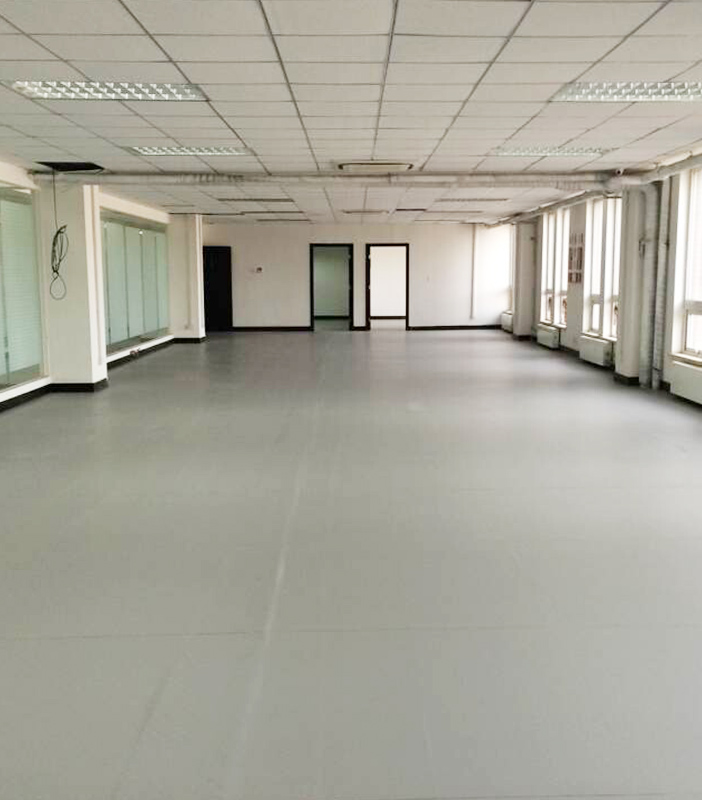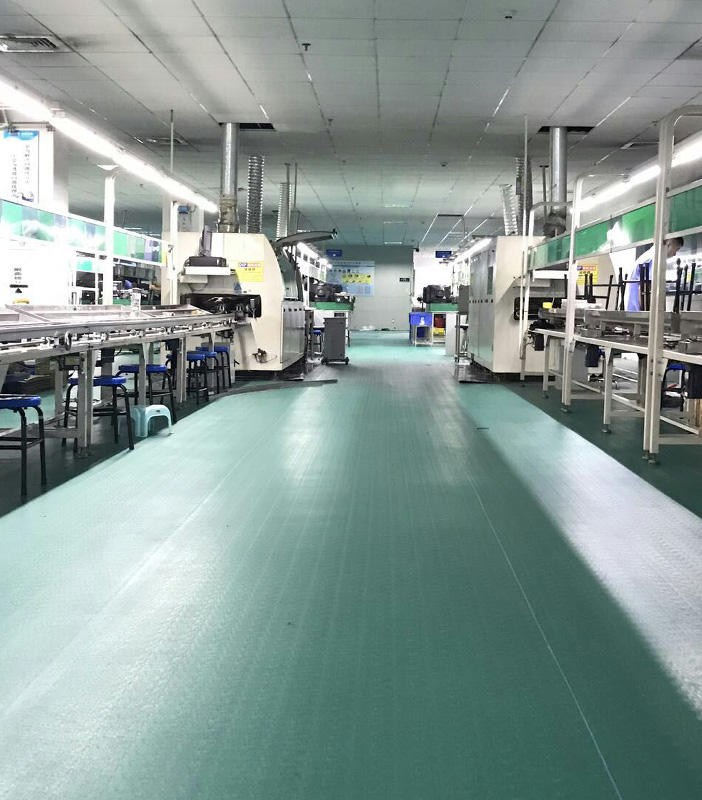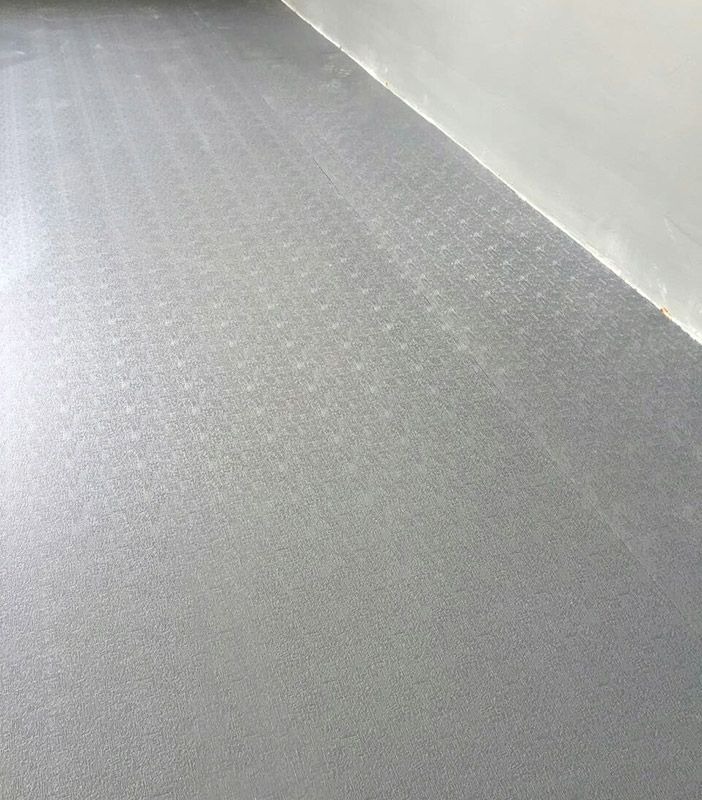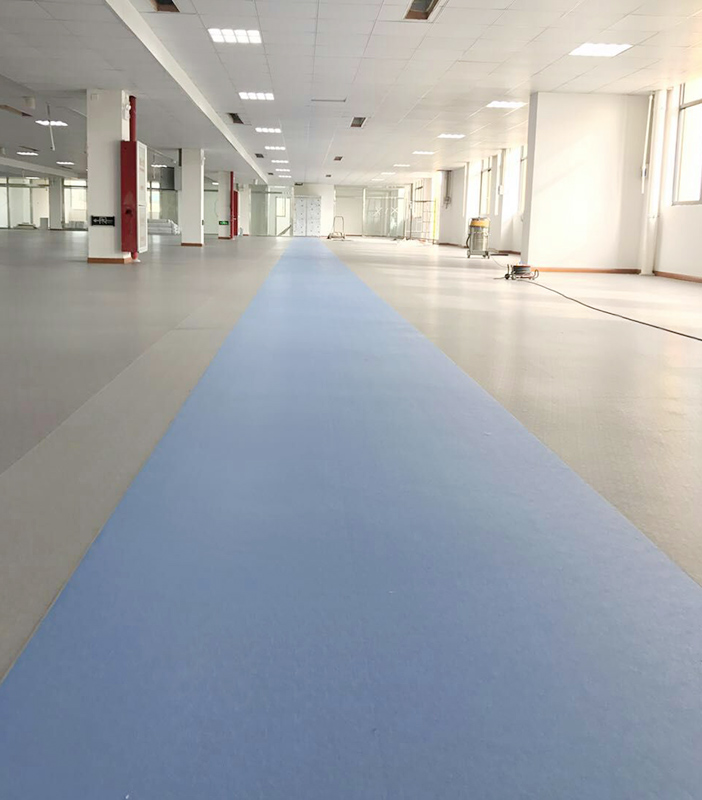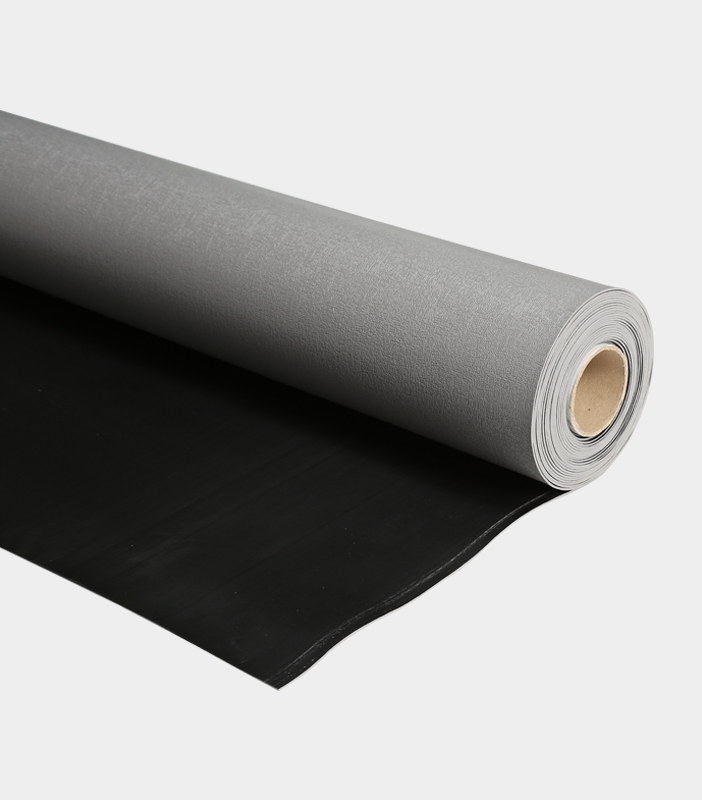ESD Foam Mat Manufacturing Supplier Maker
ESD Foam Mats are an integral part of electrostatic protection in various industries, particularly in electronics manufacturing. These mats are designed to dissipate static electricity, thereby safeguarding sensitive electronic components from potential damage.
Electrostatic Discharge (ESD) is a phenomenon that occurs when there is a transfer of electric charge between two objects due to direct contact or electrostatic induction. In the context of electronics, ESD can lead to irreversible damage to sensitive components, affecting the performance and reliability of electronic devices.
ESD foam mats are typically made from conductive or dissipative materials that allow for the controlled release of static electricity. The composition may include:
1. Conductive Polymers: These are polymers that have been infused with conductive materials such as carbon black or metal particles to enhance their ability to conduct electricity.
2. Carbon-Loaded Materials: Some foam mats are made with carbon-loaded materials that provide a balance between flexibility and conductivity.
3. Synthetic Foams: These are engineered to have specific properties, such as resistance to chemicals and temperature variations, making them suitable for various industrial applications.
The primary function of an ESD foam mat is to provide a stable, non-conductive surface that can safely dissipate static charges. When a charged object comes into contact with the mat, the static charge is gradually neutralized, reducing the risk of ESD events.
ESD foam mats are widely used in various settings where sensitive electronic components are handled, including:
1. Electronics Manufacturing: In assembly lines, ESD foam mats are used to protect components during the manufacturing process.
2. Laboratories: Researchers working with sensitive equipment often use ESD foam mats to ensure a controlled environment.
3. Cleanrooms: In environments where contamination must be smalld, ESD foam mats help maintain cleanliness while also protecting against static discharge.
4. Repair and Maintenance: Technicians working on electronic devices use ESD foam mats to safeguard components during repair and maintenance tasks.
The use of ESD foam mats offers several benefits:
1. Enhanced Product Reliability: By reducing the risk of ESD damage, ESD foam mats contribute to the overall reliability of electronic products.
2. Cost-Effectiveness: Preventing ESD damage can save companies significant costs associated with product recalls returns, and warranty claims.
3. Improved Safety: In addition to protecting electronic components, ESD foam mats also help to create a safer working environment by reducing the risk of ESD-related accidents.
4. Regulatory Compliance: Many industries are subject to strict regulations regarding the handling of electronic components. ESD foam mats are often a requirement for compliance with these standards.
Proper maintenance is crucial to ensure the longevity and effectiveness of ESD foam mats. Some good practices include:
1. Regular Cleaning: ESD foam mats should be cleaned regularly to remove dirt and debris that can interfere with their static-dissipative properties.
2. Avoiding Abrasives: When cleaning, avoid using abrasive materials that can damage the mat's surface.
3. Proper Storage: Store ESD foam mats in a dry, cool place when not in use to prevent damage from environmental factors.
4. Periodic Testing: It is recommended to periodically test the resistance of ESD foam mats to ensure they are still within the acceptable range for static dissipation.
ESD foam mats play a vital role in the protection of sensitive electronic components against the damaging effects of electrostatic discharge. By understanding their composition, applications, and the importance of proper maintenance, industries can effectively implement ESD foam mats to enhance product quality and safety. As technology continues to advance, the role of ESD foam mats in safeguarding electronic devices will remain crucial in maintaining the integrity and performance of these devices.

 简体中文
简体中文 English
English España
España Deutsch
Deutsch